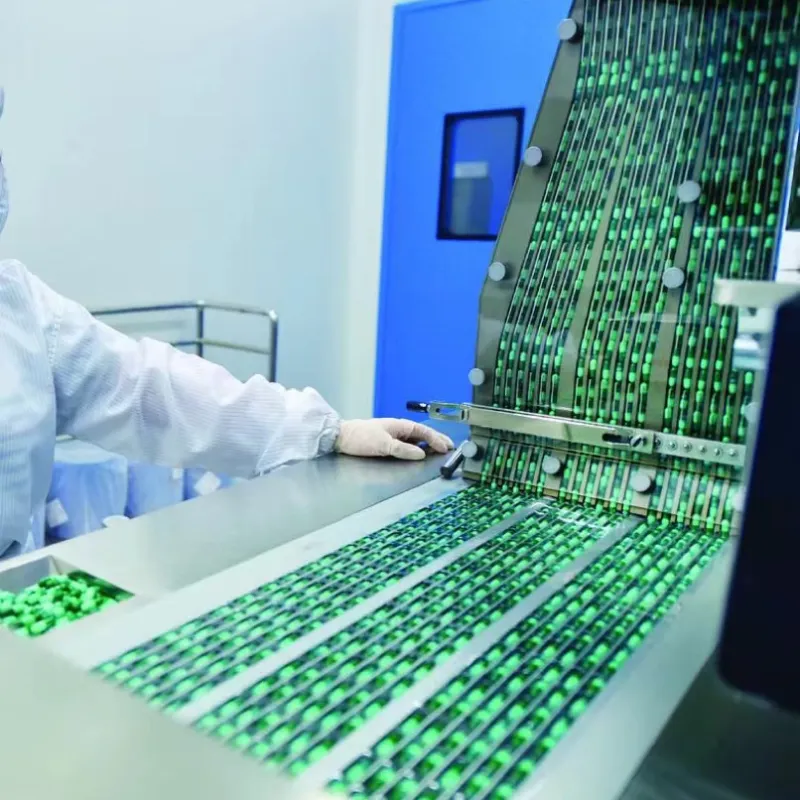- Afrikaans
- Albanian
- Amharic
- Arabic
- Armenian
- Azerbaijani
- Basque
- Belarusian
- Bengali
- Bosnian
- Bulgarian
- Catalan
- Cebuano
- Corsican
- Croatian
- Czech
- Danish
- Dutch
- English
- Esperanto
- Estonian
- Finnish
- French
- Frisian
- Galician
- Georgian
- German
- Greek
- Gujarati
- Haitian Creole
- hausa
- hawaiian
- Hebrew
- Hindi
- Miao
- Hungarian
- Icelandic
- igbo
- Indonesian
- irish
- Italian
- Japanese
- Javanese
- Kannada
- kazakh
- Khmer
- Rwandese
- Korean
- Kurdish
- Kyrgyz
- Lao
- Latin
- Latvian
- Lithuanian
- Luxembourgish
- Macedonian
- Malgashi
- Malay
- Malayalam
- Maltese
- Maori
- Marathi
- Mongolian
- Myanmar
- Nepali
- Norwegian
- Norwegian
- Occitan
- Pashto
- Persian
- Polish
- Portuguese
- Punjabi
- Romanian
- Russian
- Samoan
- Scottish Gaelic
- Serbian
- Sesotho
- Shona
- Sindhi
- Sinhala
- Slovak
- Slovenian
- Somali
- Spanish
- Sundanese
- Swahili
- Swedish
- Tagalog
- Tajik
- Tamil
- Tatar
- Telugu
- Thai
- Turkish
- Turkmen
- Ukrainian
- Urdu
- Uighur
- Uzbek
- Vietnamese
- Welsh
- Bantu
- Yiddish
- Yoruba
- Zulu
10 月 . 21, 2024 21:11 Back to list
Tylosin Injection Usage and Benefits for Poultry Health in Chickens
Tylosin Injectable for Chickens A Comprehensive Overview
Tylosin is a macrolide antibiotic that is widely used in veterinary medicine, particularly for poultry. It is derived from the bacterium *Streptomyces fradiae* and is primarily used to treat infections and promote growth in chickens. This article aims to provide a detailed overview of tylosin injectable for chickens, highlighting its uses, benefits, administration methods, and safety considerations.
Uses of Tylosin in Poultry
Tylosin is primarily utilized in poultry to control and prevent various bacterial infections. Some common conditions treated with tylosin include
1. Respiratory Infections Tylosin is effective against pathogens responsible for respiratory diseases in chickens, such as *Mycoplasma gallisepticum* and *Mycoplasma synoviae*. These infections can severely impact poultry health and productivity, leading to significant economic losses.
2. Enteritis and Diarrhea Bacterial enteritis, which can be caused by various gram-positive and gram-negative bacteria, is another condition treated with tylosin. It helps to reduce inflammation and restore gut health, thereby improving feed efficiency and weight gain.
3. Poultry Production Enhancement Beyond treating infections, tylosin is often included in feed as a growth promoter. It improves feed conversion rates, leading to better growth rates in broilers.
Benefits of Tylosin Injectable for Chickens
The injectable form of tylosin offers several advantages
- Rapid Action Injectable tylosin provides quicker therapeutic effects compared to oral formulations
. This is particularly beneficial in acute infections where prompt treatment is necessary.- Precision in Dosing The injectable route allows for accurate dosing, ensuring that the appropriate amount of medication reaches the bloodstream without the variability associated with feed consumption.
tylosin injectable for chickens

- Reduction of Stress In cases of severe illness, injectable antibiotics can be given without the need to rely on the animal’s feed intake, which may be compromised due to illness or stress.
Administration of Tylosin Injectable
Tylosin injectable should be administered according to the veterinarian’s guidance. The typical route of administration is subcutaneously, although it can also be given intramuscularly. The frequency and dosage can vary based on the specific condition being treated, the age and weight of the chickens, and the severity of the infection.
It is crucial to follow the manufacturer’s recommendations and the veterinarian’s instructions for administration. Proper sanitation and handling techniques should be observed to prevent contamination and ensure the safety of the chickens.
Safety Considerations and Withdrawal Times
While tylosin is generally considered safe for use in chickens, certain precautions should be taken
- Withdrawal Times Tylosin has specific withdrawal times before the chickens can be processed for meat. It is essential to adhere to these guidelines to ensure that residues do not remain in the meat. The withdrawal period can vary depending on local regulations, so it is vital to consult with a veterinarian for the appropriate timeline.
- Allergic Reactions Though rare, some chickens may exhibit allergic reactions to tylosin. Monitoring birds for adverse reactions after administration is important, and any signs of distress should be reported to a veterinarian immediately.
- Resistance Concerns The use of antibiotics in agriculture has raised concerns regarding antibiotic resistance. It is crucial to use tylosin judiciously and only when necessary, as overuse can contribute to resistance development in both poultry and potentially in humans.
Conclusion
Tylosin injectable is a valuable tool in the management of bacterial infections in chickens, promoting both health and productivity. Its rapid action and ease of administration make it a preferred choice for veterinarians when treating acute infections. However, it is essential to use this medication responsibly to prevent the development of antibiotic resistance and to ensure the safety of the poultry products that reach consumers. By adhering to proper administration practices and withdrawal times, poultry producers can maintain the health of their flocks while prioritizing food safety.
-
The Power of Radix Isatidis Extract for Your Health and Wellness
NewsOct.29,2024
-
Neomycin Sulfate Soluble Powder: A Versatile Solution for Pet Health
NewsOct.29,2024
-
Lincomycin Hydrochloride Soluble Powder – The Essential Solution
NewsOct.29,2024
-
Garamycin Gentamicin Sulfate for Effective Infection Control
NewsOct.29,2024
-
Doxycycline Hyclate Soluble Powder: Your Antibiotic Needs
NewsOct.29,2024
-
Tilmicosin Premix: The Ultimate Solution for Poultry Health
NewsOct.29,2024













